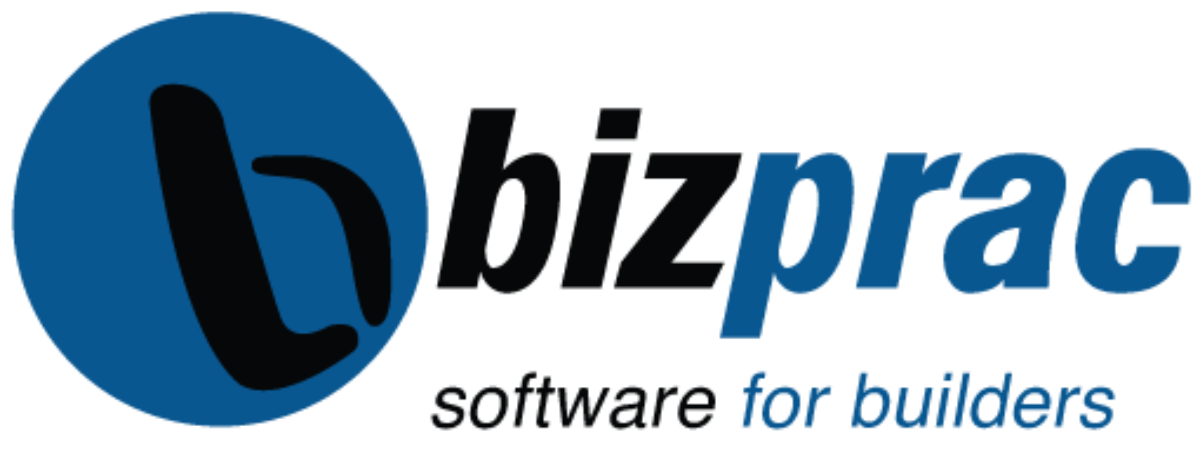Regardless of the size of your construction business, the method you use to manage assets like tools and equipment can impact your bottom line. It’s important to know if you’re investing in assets that offer you the best ROI year after year, and if so, how far your investment can go.
When tracking the real cost of your construction machinery, there are things that many business owners and contractors may not always have in mind. Some of these include the cost of transporting and setting up the machinery on the construction site, as well the cost associated with insurance, taxes, maintenance and storage of the machinery.
Not tracking the cost of operating construction machinery can result in crippling cost overruns. Managing cost and revenue on equipment is key to success in the increasingly competitive Australian construction market.
So, how can you effectively track the real cost all of your construction machinery?
First, know the total cost of ownership of your machinery
A piece of heavy construction equipment costs more than just the purchase price.
You have to factor in:
- Depreciation and loss of value
- Ongoing maintenance
- Repair costs
- Replacement costs
- Spare parts
- Interest (if financed)
- Insurance
- Fuel costs
- Cost of tires/tracks
- Operator cost
- Operator hours
This creates the total cost of ownership (TCO), the single most important factor to consider when determining the impact of your construction assets to your bottom line.
Tracking TCO is vital to business’ functionality, sustainability, and success. One immediate implication of TCO is whether the company should buy or rent machinery. TCO helps determine if Machine A is a better choice than Machine B if Machine A has a lower sticker price with the two machines otherwise being the same. In essence, TCO supports the idea that buying a machine that costs more initially but has a lower maintenance cost and higher fuel efficiency rates is a financially smarter decision than a machine with low initial cost.
Annual use hours have the largest impact on TCO. When machinery is underutilized, costs increase to recover fixed cost. Otherwise, the cost will decrease. It is believed that the more machinery is used, the faster fixed costs are recovered, thus lower ownership costs. However, if equipment is overused, there is a higher probability of incurring additional maintenance, repair, and fuel costs.
Depreciation is another factor that contractors must include in the billable rate of their construction equipment. Generally, the more the equipment is used on a project or a series of projects, the equipment depreciates. It is wise to include an allowance in your estimate or billable rate for depreciation so there will be a fund set aside for new equipment when it wears out.
Second, invest in a good construction management software
If you don’t have a tool that records the actual maintenance, usage data and costs for your construction equipment, you could be missing out on critical information for efficiently managing your assets.
Fortunately, there are construction management software packages that can enable you to easily track equipment cost per hour and also provides you with automated alerts and reports for when it comes time to perform routine maintenance. The software also records other helpful real-time information each time a piece of equipment is serviced and, as a bonus, it saves you lots of time by automating your machinery inventory.
A construction management software with asset management features such as Bizprac also provide insights about critical costs associated with the depreciation and servicing schedules of all your equipment. Such insights will help you to have accurate and comprehensive records for any repair work on existing machinery, and therefore you can finally compare the cost of running existing machinery vs. replacing it with something more efficient.
It all comes down to better decision-making which is the key to making your construction business profitable in the long-run.
Interested in learning more about how to get the most out of your construction equipment? Contact Bizprac today at sales@bizprac.com and let us discuss with you how our construction management software can display, track, monitor and support all aspects of your construction projects.





